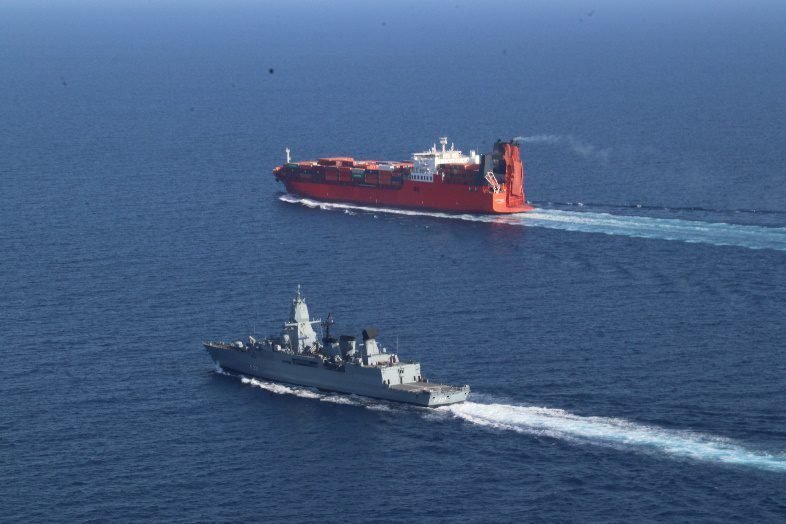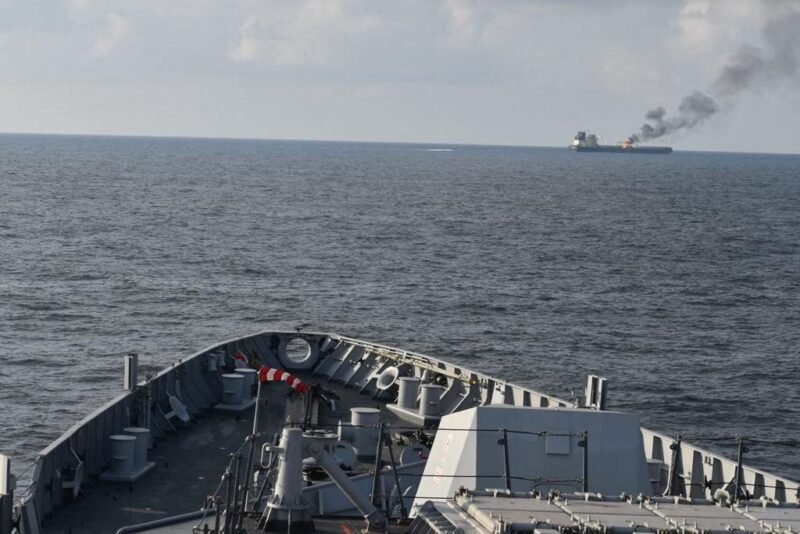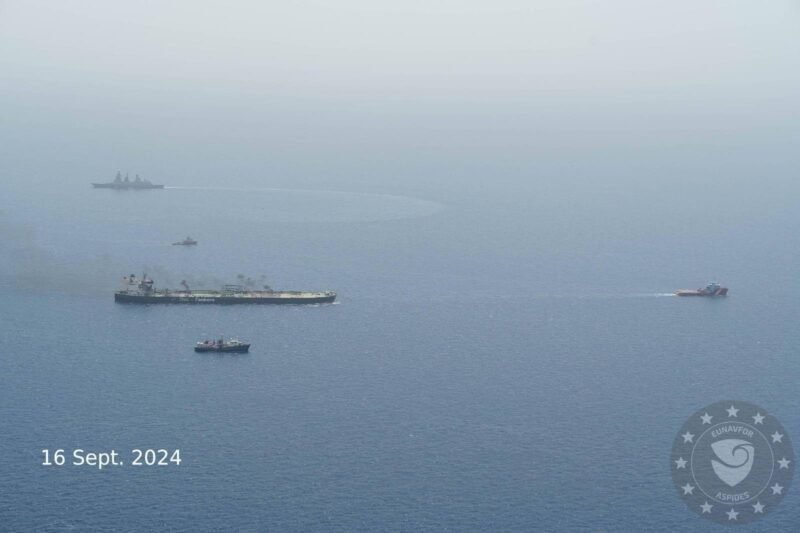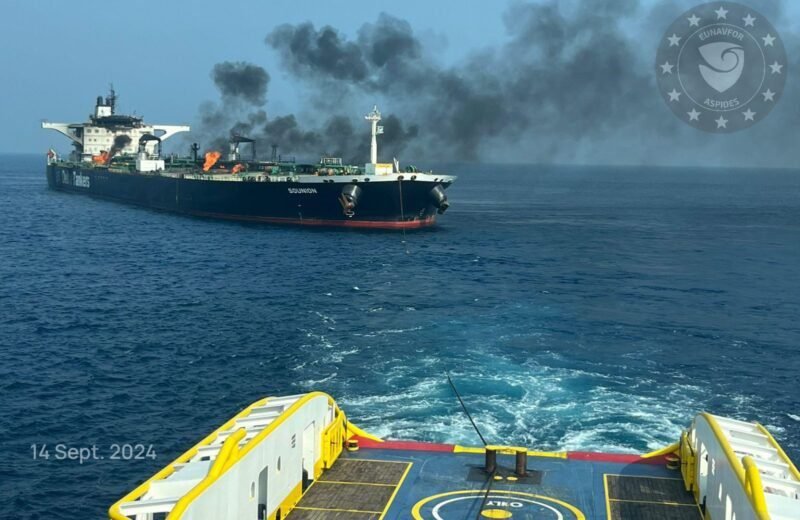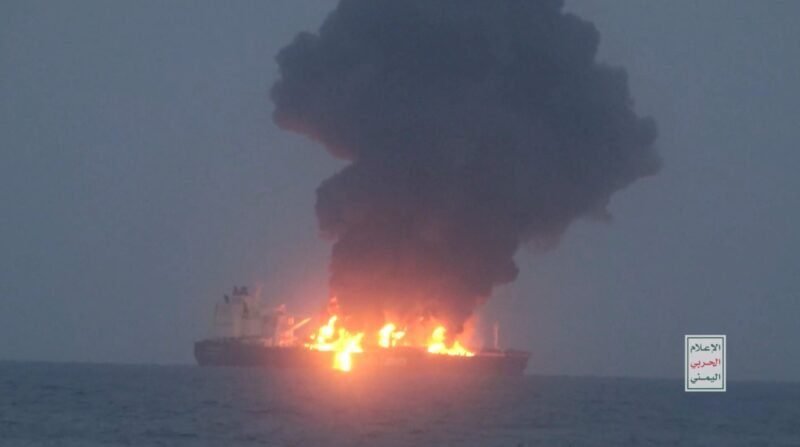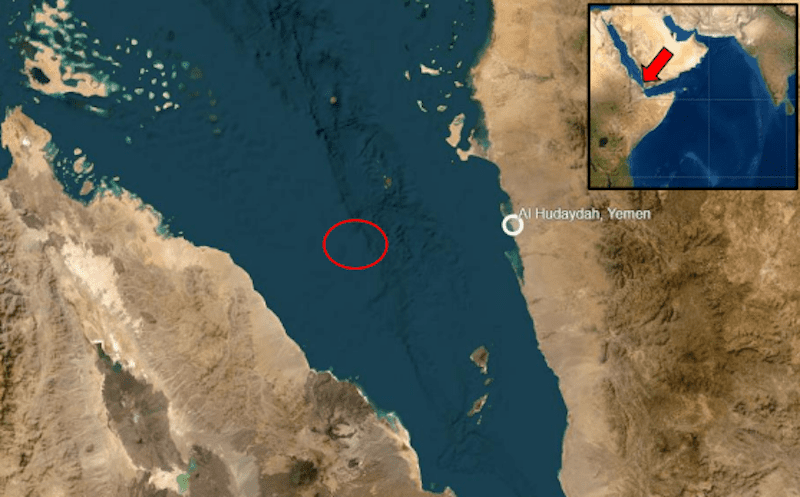Global maritime transport indicators are set for the biggest annual increase since 2010, driven by attacks in the Red Sea that have forced ships to take longer routes. Clarksons Research predicts a 5.1% increase in shipping activity measured in ton-miles, the second-largest annual increase on record, due to geopolitical unrest in the Middle East and Europe. The indicator, which calculates the volume of freight transported by distance traveled, is expected to reach 3.2 trillion ton-miles compared to 2023.
Ships have been diverting their routes around the Horn of Africa to avoid the Red Sea and Gulf of Aden, where attacks by Yemen’s Houthi rebels have been escalating. This has led to longer journeys, impacting global efforts to reduce carbon emissions. However, an increase in trade volumes at the start of the year is also contributing to the rise in tonne-miles. Container shipping is particularly affected, with around 690 ships currently sailing around the Cape of Good Hope.
The disruptions in the Red Sea are significantly impacting ton-miles, with average sea transport expected to increase by 2.8% this year, up from 1.8% the previous year. The increase in shipping activity is not only due to longer journeys but also reflects a boost in trade volumes. Despite the challenges posed by the longer routes, the maritime industry is experiencing growth in demand per tonne-mile, indicating a positive trend for the sector in 2024.


